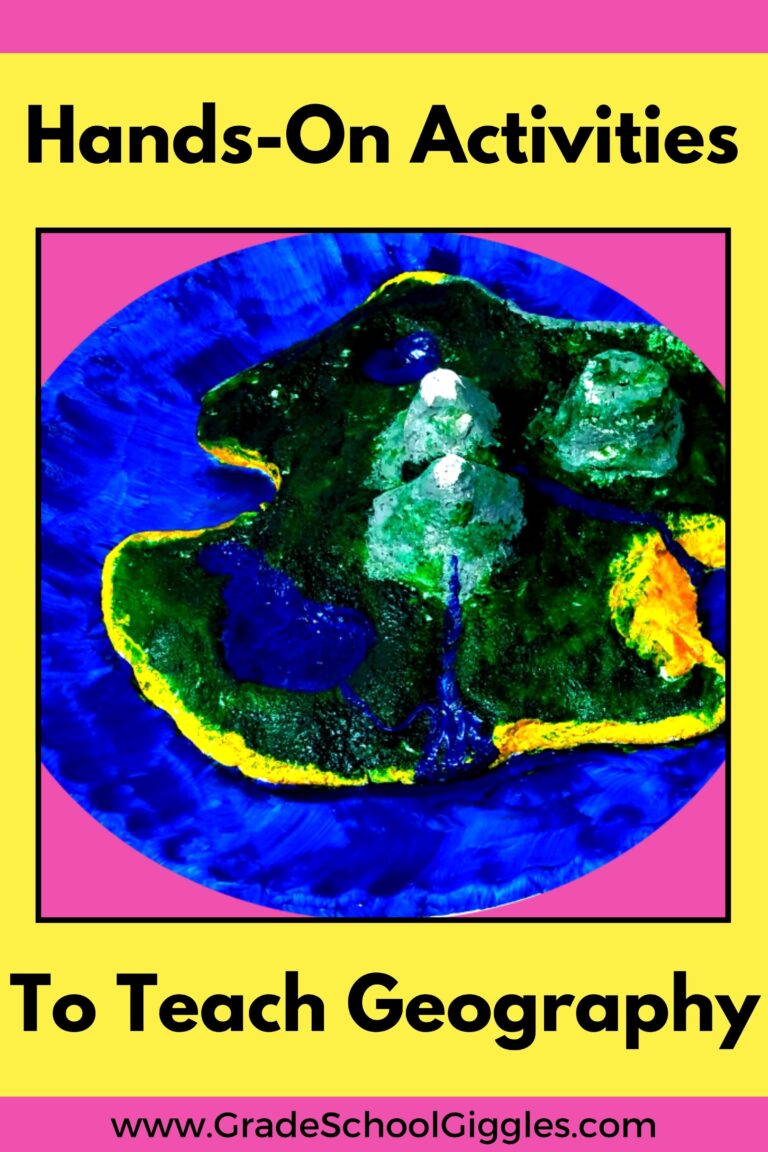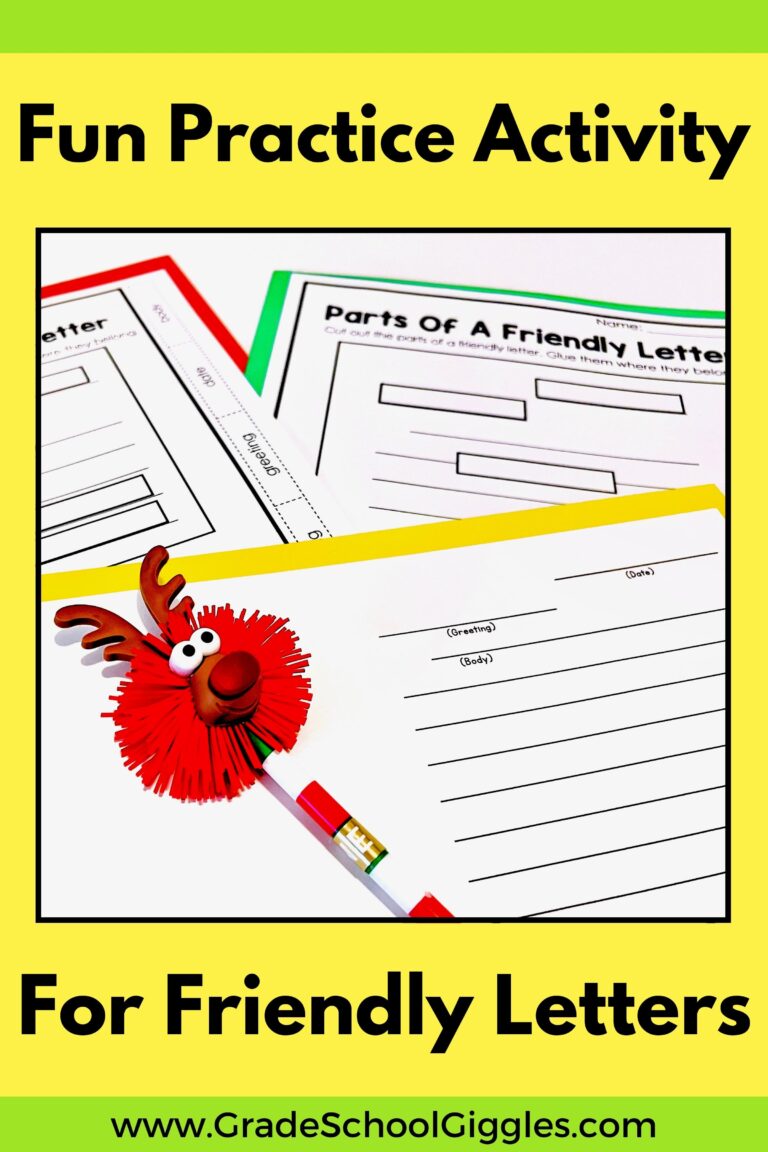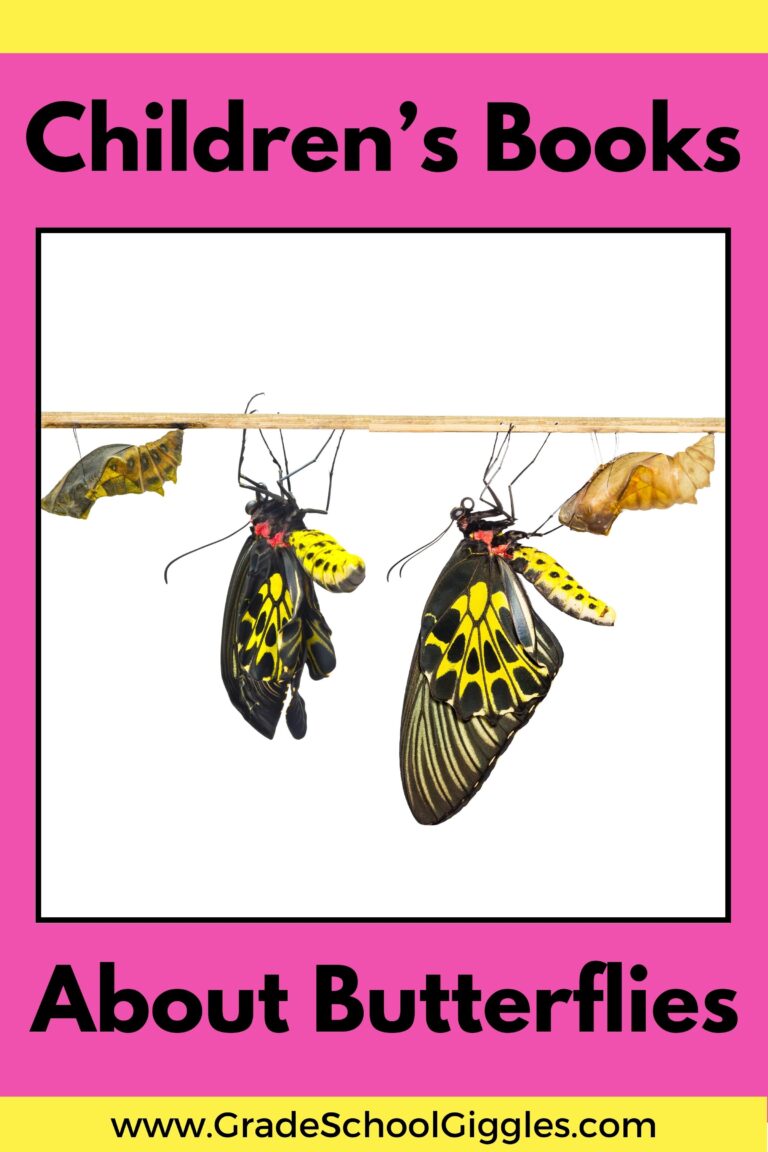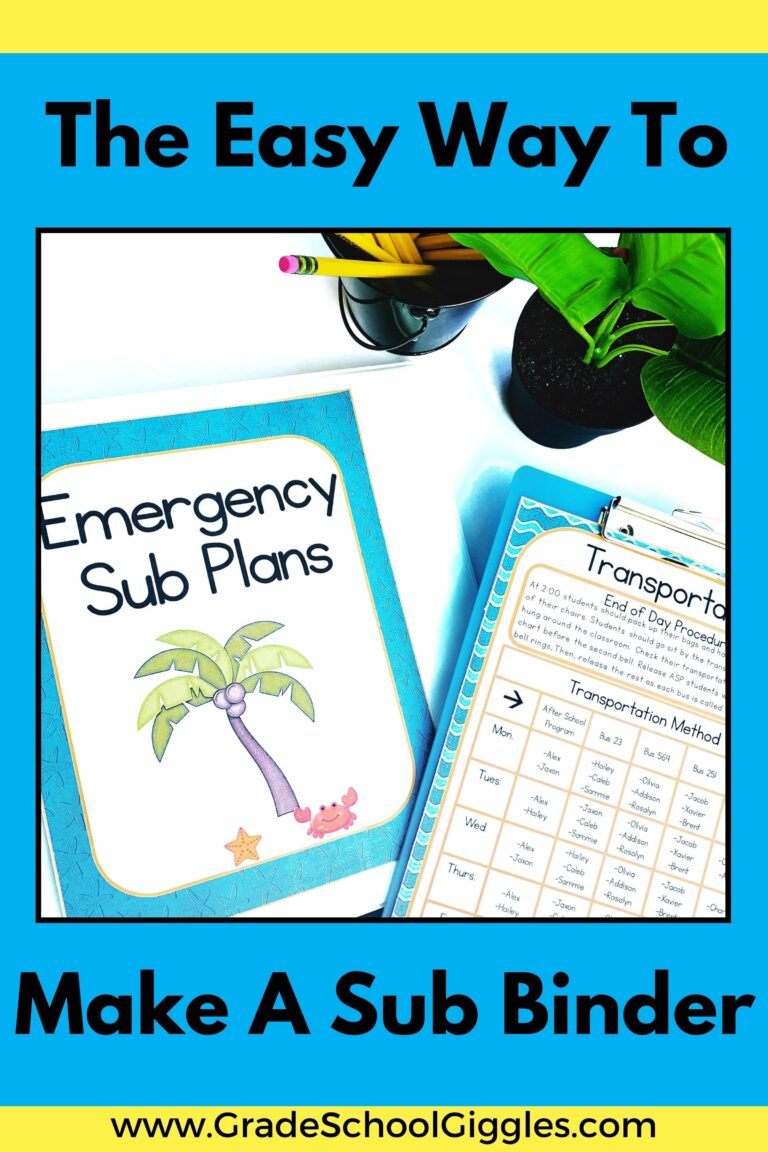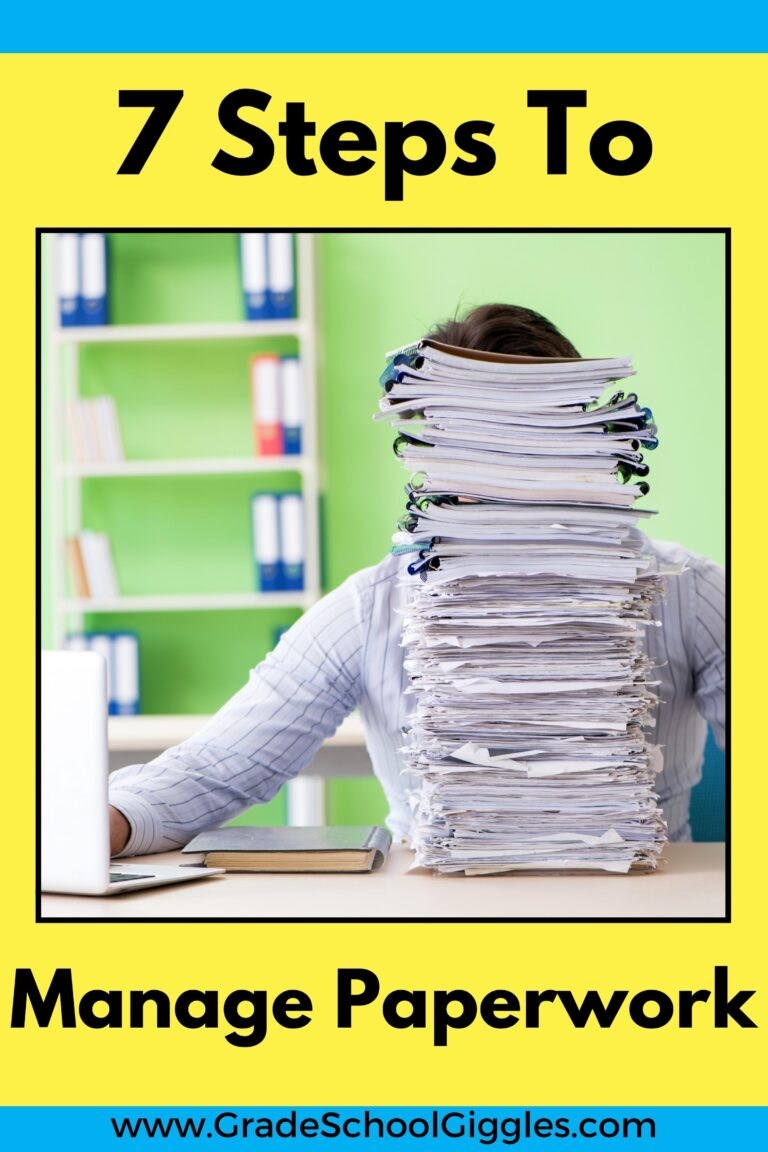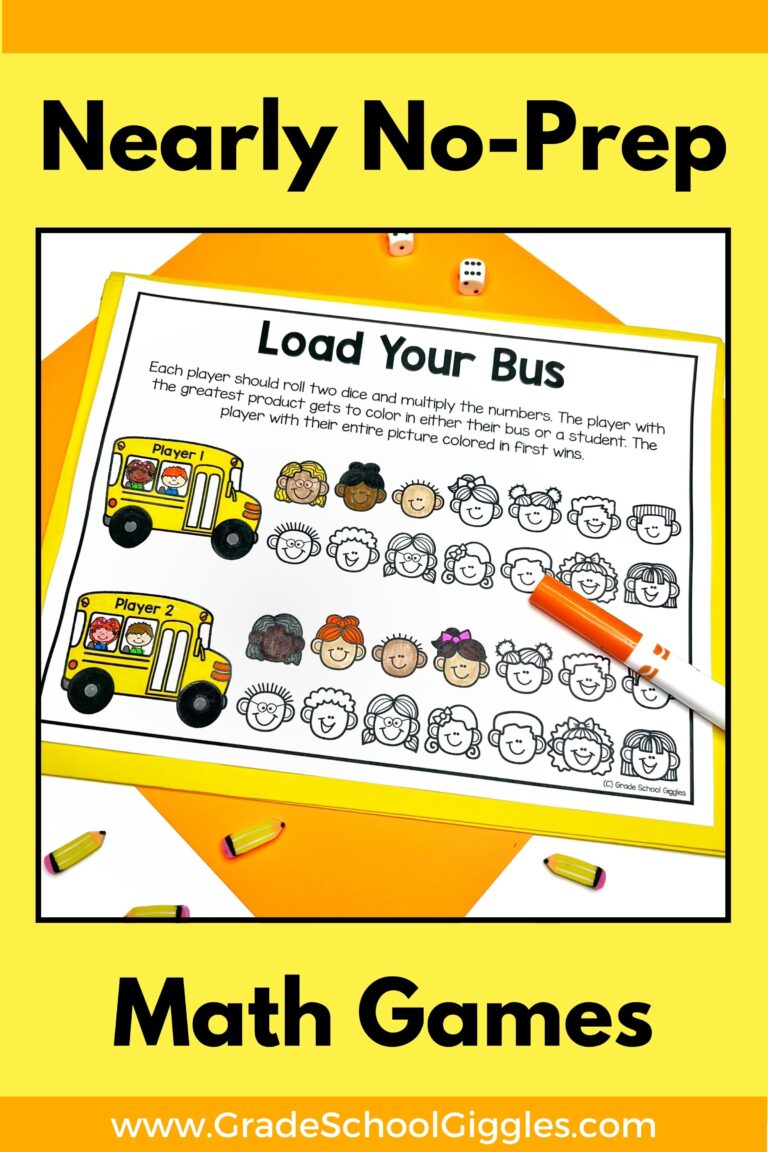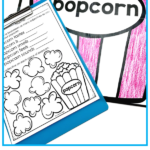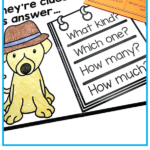Fun Ideas For Getting Your Class Excited About Learning Adjectives
The parts of speech are NOT my favorite things to teach. Nouns, adjectives, adverbs, etc.. They can be so dry. For a long time, I thought that everything related to grammar was B-O-R-I-N-G. And it was. At least, it was when I was using a workbook approach.
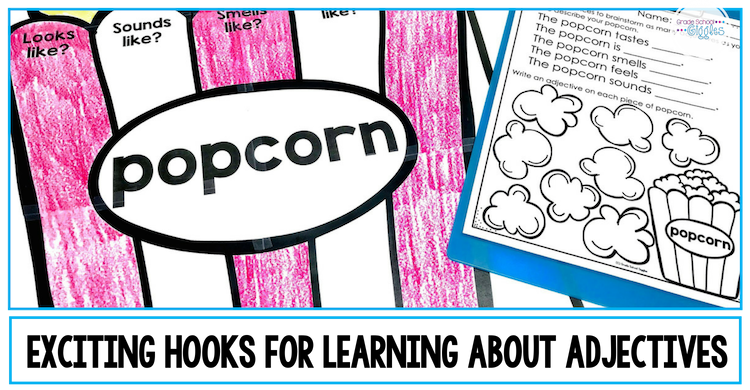
Thank goodness, at some point (probably when I couldn’t stand the boredom anymore) I started to mix in other activities. It made a world of difference. In this post, I’ll share some of my favorite hooks for teaching about adjectives. The activities and resources in this post will make learning grammar engaging, rigorous, and fun for 1st, 2nd, and 3rd-grade students.
Introduce Adjectives With An Exciting Hook
Hooks are awesome. They help students get focused on the concept you’re teaching, give context to the learning objectives, activate background knowledge, and help connect existing knowledge with new learning. Plus, they bring excitement into the lesson and get the kids engaged.
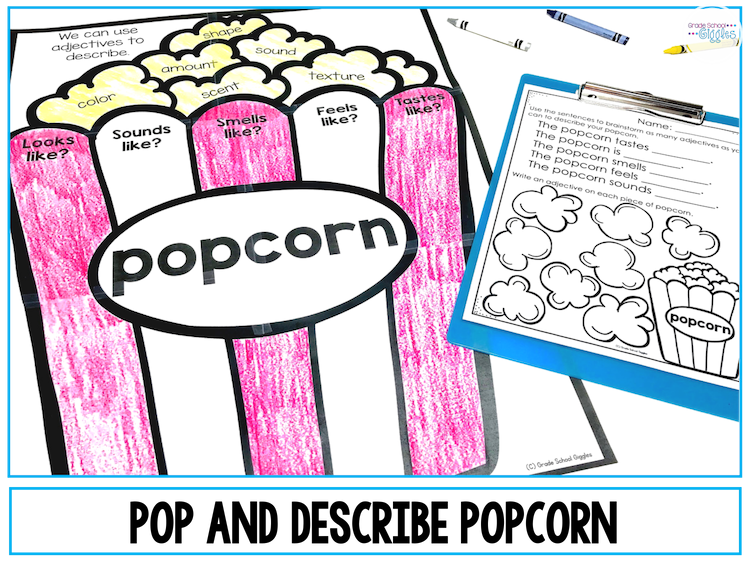
*This post may contain affiliate links.
Adjectives Hook #1: Pop Popcorn
One of my all-time favorite hooks is using a hot-air popcorn popper to make popcorn. It’s a perfect way to get your kids engaged in brainstorming descriptive words even before you formally introduce adjectives.
You’ll
- A Hot air popcorn popper
- Popcorn
kernels - A large bowl
- Melted butter
- Salt
- Bowls, plates, or paper towels for serving
For this activity, you’ll want to gather your students together so that they’re close enough to see, hear, and smell the popcorn popping. Ask them to observe the popcorn popping. Then, complete the anchor chart together.
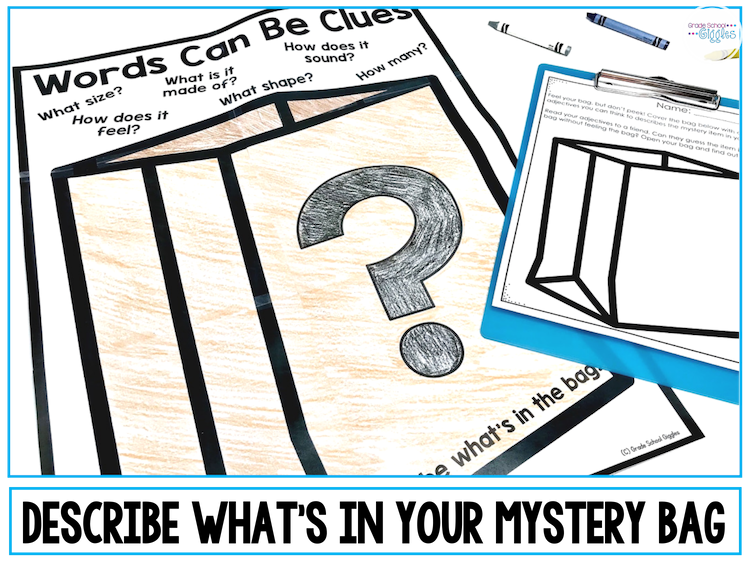
Adjectives Hook #2: Mystery Bags
Mystery bags are another popular way to introduce them.
You’ll need:
- One paper bag per student
- One small (non-breakable) item for each bag
- Staples or tape to close the bags
In this activity, your students will try to describe a small item hidden in a brown paper bag. Students should feel the item through the bag, but not peek inside the bag.
You can model the activity by quickly passing around a sample bag as your class brainstorms descriptors for the sample mystery item together. Doing a sample bag together before passing out individual bags can give you a chance to model your expectations.
After brainstorming words for the sample mystery bag, you’ll pass out one bag to each student. (You’ll prep the bags prior to this activity by putting one small item into each bag and stapling or taping the bag shut.)
Have the students feel their bags without opening them. Then, have them brainstorm words that describe how the item in the bag feels. Finally, have them read their words to a friend to see if their friend can guess what’s in the bag. Finally, let them open the bag and see how well they described their mystery object.
Next Steps
The hook should have activated your students’ prior knowledge and gotten them engaged. However, the most important parts of the lesson are still to come.
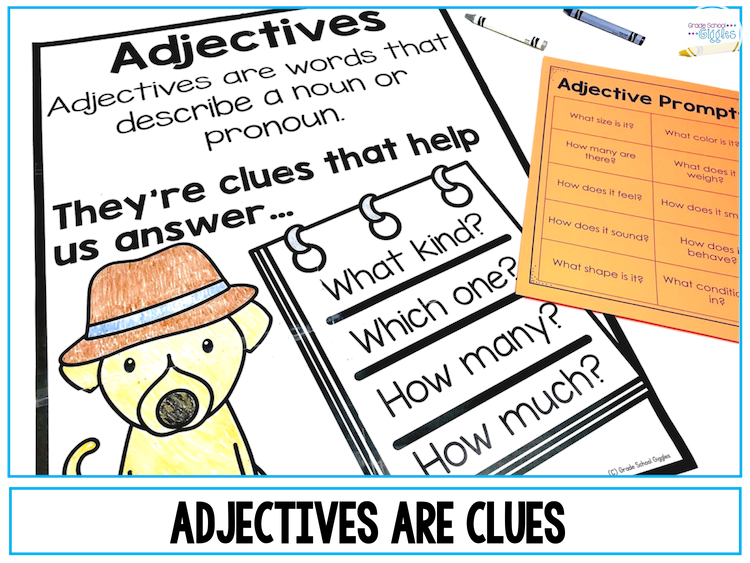
I’m a big fan of the gradual release method: I do, we do, you do. So, I’d move into the main lesson by guiding my students to see that all of the words brainstormed during the hook describe a noun.
Then, I’d introduce the term adjective along with its definition before moving into guided and independent practice.
Common Questions About Adjectives
What do adjectives do?
Adjectives are words that describe a noun or pronoun. They can be a single word, a phrase, or a clause. (But, this post is focused on introducing them in grades 1-3, so we’ll be sticking to single-word adjectives.)
They can give information about a noun or pronoun’s size, shape, color, age, material, condition, amount, taste, smell, appearance, sound, etc..
What questions do adjectives answer?
Adjectives answer the questions:
- What kind?
- Which one(s)?
- How many?
- How much?
What’s the difference between adjectives and adverbs?
Adjectives ONLY describe nouns and pronouns. Adverbs describe verbs, adjectives, or other adverbs.
Do adjectives always come before nouns?
Nope. While they frequently do come before the noun, they don’t always. It’s not a reliable way to identify the adjective in a sentence.
Let’s look at the sentence, “The test was difficult.” Difficult is the adjective, but it comes after
Can adjectives end in ed, ing, ly, or y?
Yes, they can end in all of these. For example…
- Frustrated child
- Boring lecture
- Costly mistake
- Happy baby
How Can I Get The FREE Hook Activities From This Post?
Click here to get ALL of the FREE activities, anchor charts, and worksheets shared in this post.
My Go-To Resources for Teaching Adjectives
Click on the links to check out my go-to resources for teaching about adjectives (and adverbs). These resources are great for first, second, and third-grade kiddos.
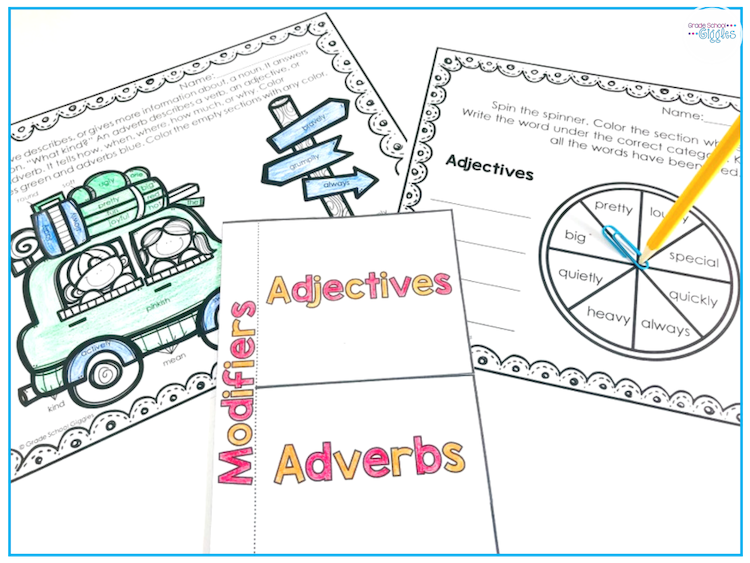
Adjectives & Adverbs – Interactive worksheets, foldable pages, a craft, and more to make learning about adjectives and adverbs fun! They make great centers and review activities too.
Comparative & Superlative Adjectives – Interactive worksheets, foldable pages, a craft, and more to engage your class as they learn about comparative & superlative adjectives!
More Awesome Ideas for Teaching About Adjectives
Personally, I LOVE art. Many of our students do too. Art can be a great way to boost engagement and encourage creative thinking.
Click here to read about teaching adjectives through art and poetry.

